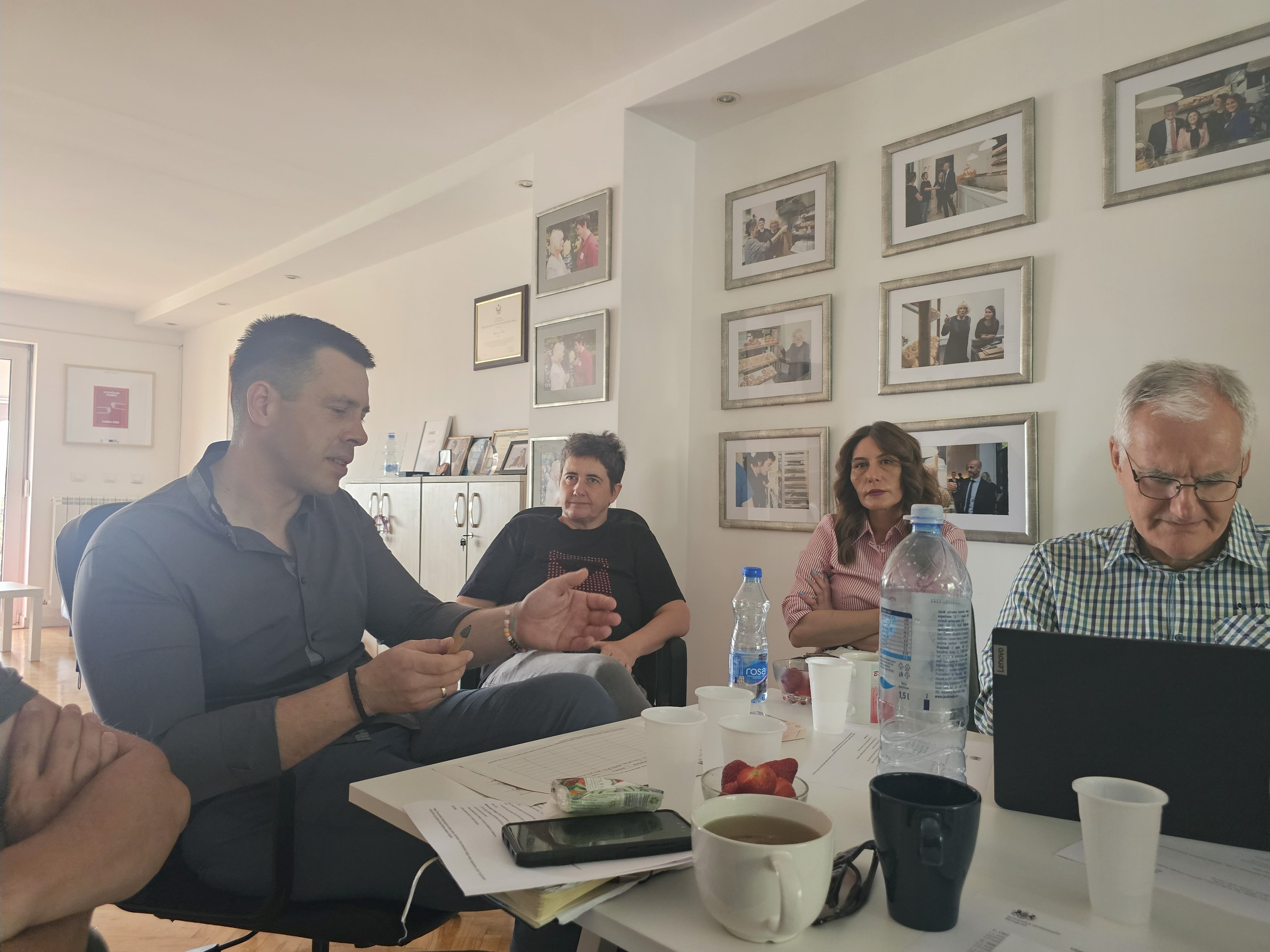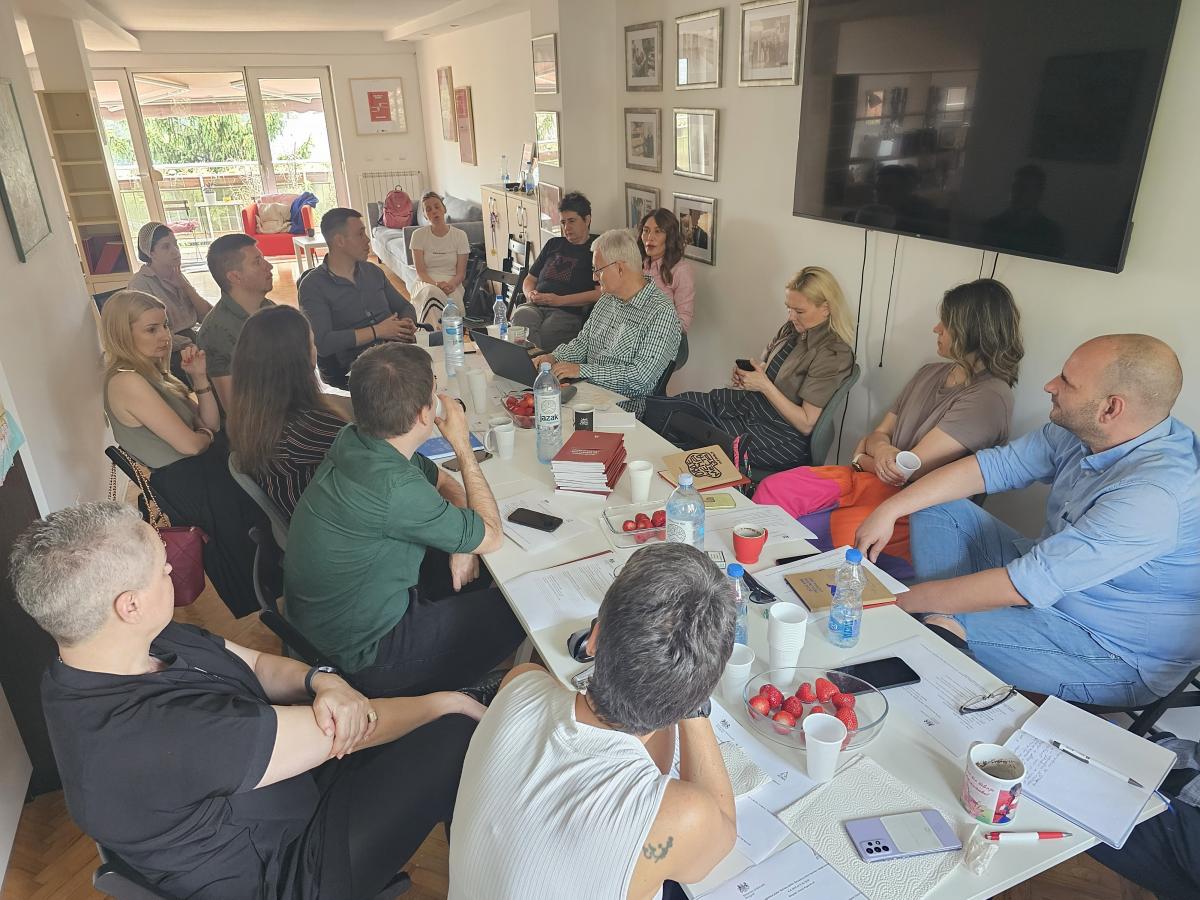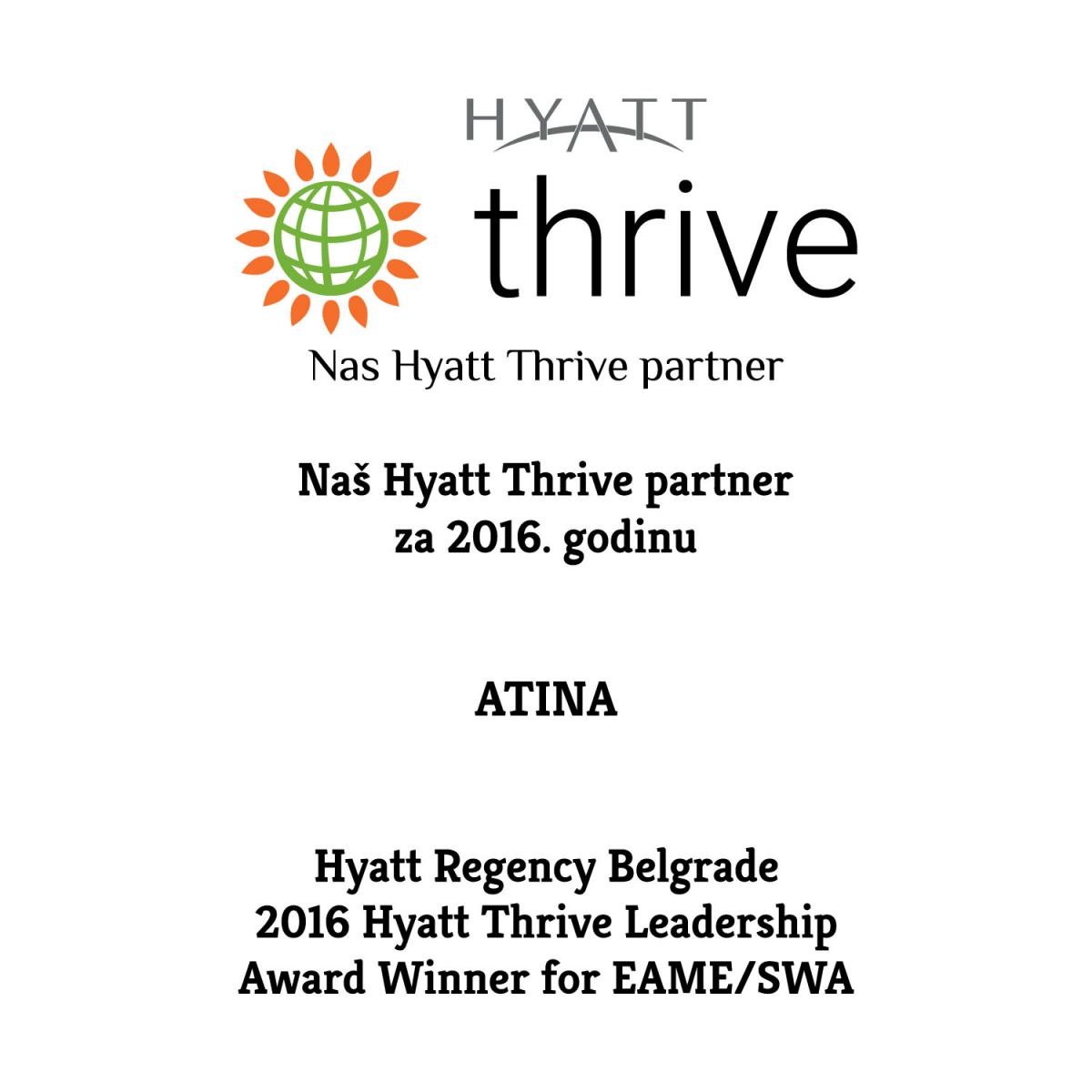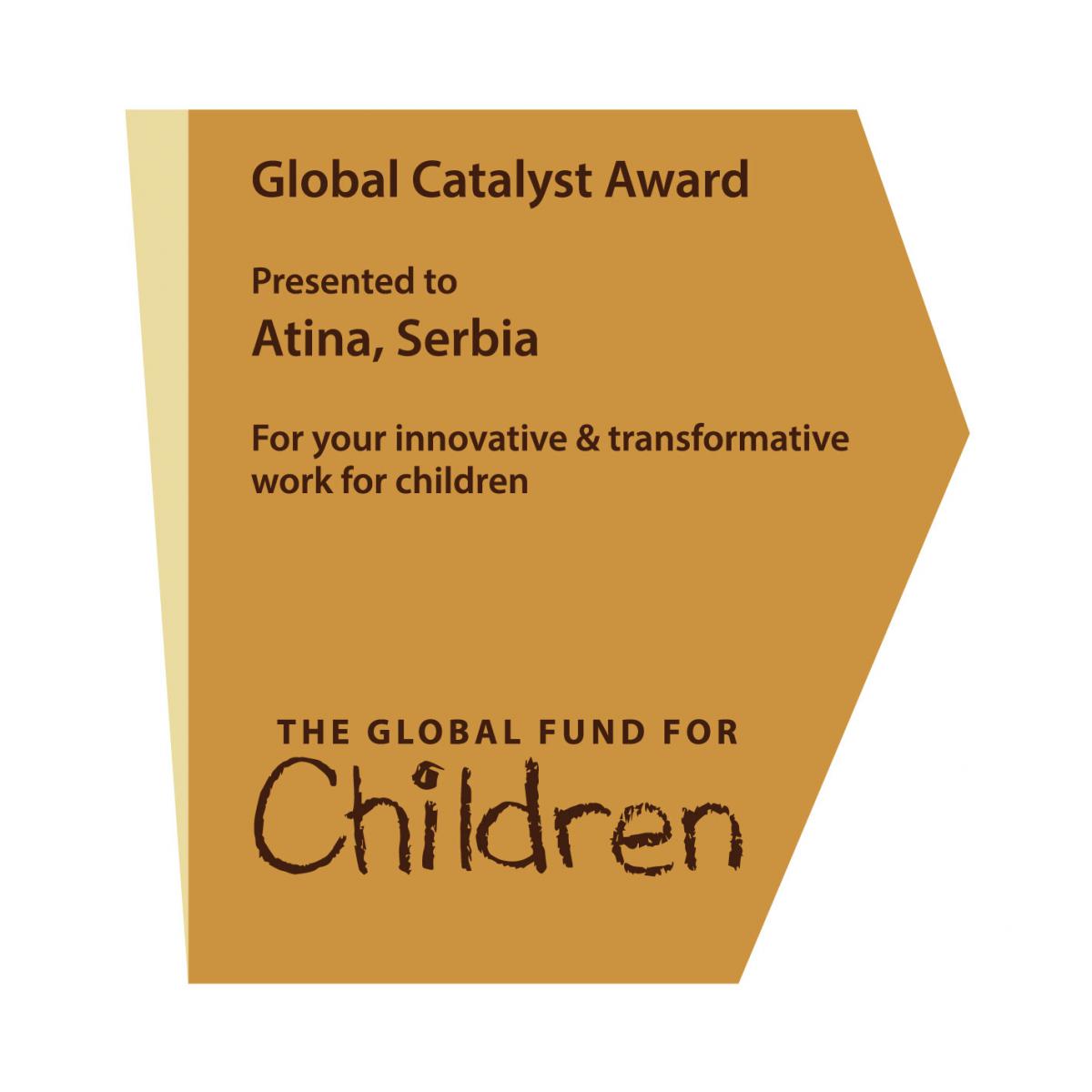Hotline: +381 61 63 84 071
What happens when asylum seekers are victims of human trafficking

Asylum as protection: What happens when asylum seekers are victims of human trafficking and gender-based violence
On May 27, 2025, the fourth Community of Practice meeting was held at the premises of NGO Atina as part of the "Women at the Crossroads" project, supported by the British Embassy in Belgrade. The workshop was attended by 20 representatives from institutions, international organizations, and civil society organizations.
The focus of the workshop was the position of human trafficking and gender-based violence victims within the asylum system. The keynote speaker was Dražen Grubović from the Ministry of Interior's Asylum Office, who shared his years of experience working with asylum seekers who are also trafficking victims. He emphasized that handling such cases is highly complex and emotionally demanding, and that it is crucial to provide special procedural and reception guarantees for vulnerable categories, including psychological support, the right to choose the gender of the interviewing officer, and coordination among all relevant actors (police, Centers for Social Work, Commissariat for Refugees, NGOs).

Despite the implementation of protective measures, it was pointed out that many victims abandon the asylum process and leave Serbia. The reasons include Serbia being a transit country, better social conditions in Western Europe, family ties abroad, and challenges in integration (employment, housing, language, documentation). It was also highlighted that adequate legal protection in the country of origin depends not only on the existence of laws but also on their practical application, which is often lacking, especially in rural areas where customary law prevails.
Since 2019, only four people have been granted international protection as victims of human trafficking. Many begin the process but do not complete it. This raised the key question: why do they leave, and are objective factors in Serbia contributing to that decision? The discussion highlighted the need for a deeper understanding of the psychological, social, and economic factors that lead to abandoning the process, as well as to enhance the support system and cooperation among all stakeholders.
The workshop concluded by emphasizing the need to jointly consider both subjective and objective factors when determining asylum, as well as the importance of continuous reassessment and improvement of support systems for victims of human trafficking. The meeting also raised the question of whether asylum is the best protection mechanism for trafficking victims, given that the existing victim protection system already offers strong legal and security guarantees, including non-refoulement and the right to temporary residence. Still, in practice, the asylum system is often used because it provides access to integration, accommodation, and other rights.
It was noted that victims are sometimes referred to the asylum system even when it may not be the most appropriate path. Integration challenges were highlighted, including difficulty obtaining employment, accessing documents, low income, and experiencing discrimination. Serious concerns were also raised about the marginalization of foreigners and a general lack of sensitivity from society, employers, and institutions toward their needs.
The discussion concluded that there is a legal basis for protecting trafficking victims under the Law on Foreigners, but administrative barriers remain in practice (e.g., registering residence, obtaining ID documents). Legal improvements and better coordination among actors—police, social services, organizations, and the Asylum Office—were proposed.
Mr. Grubović emphasized that being a victim of human trafficking alone is not enough to receive asylum. There must also be a risk of ineffective protection in the country of origin. He also explained that gender-sensitive statistics are maintained and that so far, four people have received international protection due to sexual and labor exploitation.
It was concluded that choosing between asylum and temporary residence is a complex and case-dependent process. Still, flexibility and protection must be enabled in both systems, along with access to durable solutions (permanent residence and citizenship). A consensus was reached on the need for intersectoral cooperation and a trauma-informed approach based on individual needs.
The moderator asked about the training of Asylum Office staff on recognizing trafficking victims. Mr. Grubović confirmed that training has been conducted, including by the EU Asylum Agency. Still, identification of victims is not formally within the Office's jurisdiction—they can only recognize indicators and initiate action.
In cases of gender-based violence, the Asylum Office implements specific procedures (e.g., female officers conducting interviews), but focuses only on aspects relevant to granting asylum. Ongoing care and support fall outside their responsibilities. While attention is given to victims of violence, there is no coordinating body monitoring the entire process, unlike in the anti-trafficking system, which has a defined referral mechanism.
Representatives from the civil sector (Atina, CRPS; ASTRA; Info Park, IDEAS) highlighted systemic gaps, including a lack of coordination, inconsistent procedures for urgent cases, and technical issues with registration and accommodation (e.g., families sleeping on the streets, undocumented persons unable to access shelters). There are often no emergency solutions for vulnerable migrants, even though asylum and temporary residence are available options.
A key issue raised was the absence of a formal referral system for vulnerable individuals outside the asylum process, leaving them dependent on informal support networks. IDEAS, as a provider of free legal aid, reported that even when they are not legal representatives, some Asylum Office officials still informally refer vulnerable individuals—an example of good practice, but not a systemic solution.
It was concluded that a coordinated support system and clear protocols are necessary for identifying and responding to victims of violence and trafficking—both domestic and foreign—with urgent solutions for housing, legal protection, and integration.
Atina's representative emphasized the need for civil society organizations working on asylum and human trafficking to come together independently of donors or international bodies, to exchange information, especially about potential victims who may have had contact with one actor but never reached specialized services. Future meetings are expected to include representatives from the Ministry of Interior to deepen discussions on the treatment of undocumented foreigners.
It was emphasized that the Commissariat, in addition to providing accommodation, has a legal obligation to offer additional services to vulnerable persons. A key step would be the implementation of early vulnerability screening upon admission to a center, in line with international standards (EASO, UNHCR), to determine the most suitable form of support. The need for specialized Commissariat capacity for vulnerable groups was also highlighted.
In conclusion, although systemic solutions exist in law, they are often not implemented in practice. Instead of relying on individuals and informal connections, formal procedures must be introduced. The civil sector has the expertise and capacity to contribute to systemic responses.
Finally, workshop evaluations showed that participants most valued the exchange of experiences, real-life examples, and discussion of implementation challenges. Proposed topics for future meetings include the quality of services in reception centers, the role of the Commissariat in integration, regional cooperation, and increased involvement of state institutions in all of these processes.












 FACEBOOK
FACEBOOK TWITTER
TWITTER YOUTUBE
YOUTUBE